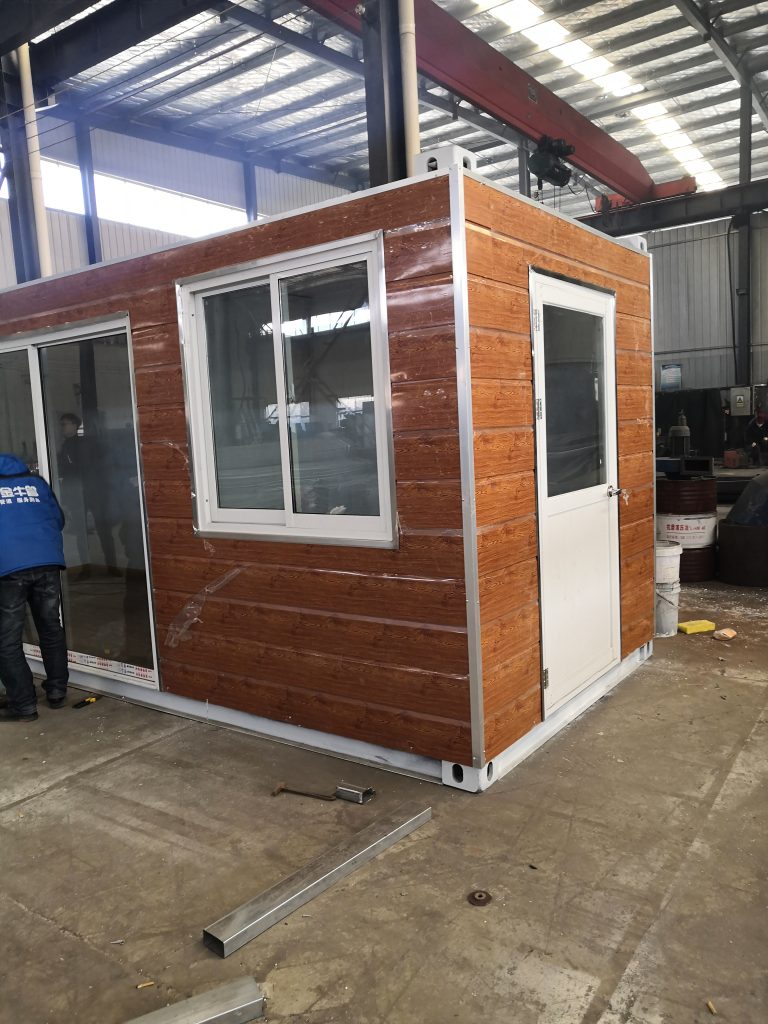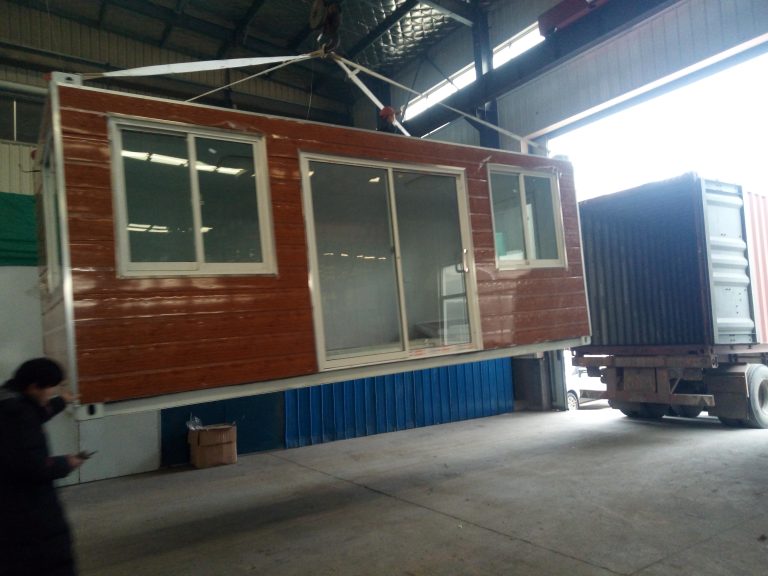Research on modular design of container house in rapid response disaster rescue
Inhoudsopgave
Benefits of Modular Design in Container Houses for Disaster Rescue Operations
In recent years, the frequency and intensity of natural disasters have been on the rise, posing significant challenges for disaster response and recovery efforts. In the face of such challenges, innovative solutions are needed to ensure the efficient and effective delivery of aid to affected populations. One such solution that has gained traction in recent years is the use of modular design in container houses for disaster rescue operations.
Modular design refers to the construction of a building or structure using pre-fabricated modules that can be easily assembled and disassembled. This approach offers several key benefits for disaster response operations, including rapid deployment, scalability, and flexibility. By using standardized modules that can be quickly transported and assembled on-site, modular container houses can be deployed in a fraction of the time it takes to build traditional structures, allowing for a more rapid response to disasters.
Furthermore, the modular nature of container houses allows for scalability, meaning that additional modules can be added or removed as needed to accommodate changing conditions or evolving needs. This flexibility is particularly valuable in the chaotic and unpredictable environment of a disaster zone, where conditions can change rapidly and resources may be limited. By using modular container houses, response teams can quickly adapt to changing circumstances and ensure that aid is delivered where it is needed most.
Another key benefit of modular design in container houses is cost-effectiveness. By using standardized modules that can be mass-produced and easily transported, the overall cost of construction is reduced, making modular container houses a more affordable option for disaster response operations. This cost savings can be crucial in situations where resources are limited and every dollar counts.
In addition to these practical benefits, research has shown that modular design in container houses can also have a positive impact on the well-being of disaster survivors. Studies have found that the use of modular container houses can help to create a sense of community and belonging among survivors, as the modular design allows for the creation of shared spaces and communal areas. This sense of community can be crucial in helping survivors to cope with the trauma of a disaster and rebuild their lives.
Furthermore, the use of modular container houses can also have environmental benefits. By using pre-fabricated modules that are designed for easy disassembly and reuse, modular container houses can help to reduce waste and minimize the environmental impact of disaster response operations. This sustainable approach to construction is increasingly important in a world facing the challenges of climate change and resource depletion.
In conclusion, the research on the modular design of container houses for rapid response disaster rescue operations highlights the numerous benefits of this innovative approach. From rapid deployment and scalability to cost-effectiveness and environmental sustainability, modular container houses offer a practical and effective solution for delivering aid to disaster-affected populations. By harnessing the power of modular design, response teams can ensure that aid is delivered quickly, efficiently, and compassionately to those in need.
Sustainable and Cost-Effective Solutions for Rapid Response Disaster Relief with Modular Container Houses
In recent years, the frequency and intensity of natural disasters have been on the rise, leading to an increased need for rapid response disaster relief solutions. One innovative approach that has gained traction in the field of disaster relief is the use of modular container houses. These prefabricated structures offer a sustainable and cost-effective solution for providing temporary shelter to those affected by disasters.
Modular container houses are designed to be easily transported and assembled, making them ideal for rapid deployment in emergency situations. Research has shown that these structures can be quickly set up in disaster-stricken areas, providing much-needed shelter to displaced individuals and families. The modular design of these container houses allows for flexibility in configuration, making it possible to create custom layouts to suit the specific needs of each situation.
One of the key advantages of modular container houses is their sustainability. These structures are typically made from recycled materials, making them an environmentally friendly choice for disaster relief efforts. Additionally, the modular design of these houses allows for easy disassembly and reassembly, making them reusable for future disaster response efforts. This not only reduces waste but also helps to lower the overall cost of providing shelter to those in need.

Research has also shown that modular container houses are a cost-effective solution for rapid response disaster relief. These structures are typically more affordable than traditional housing options, making them a viable choice for organizations with limited resources. The prefabricated nature of these houses also helps to reduce construction time and labor costs, further lowering the overall expense of providing shelter to disaster victims.
In addition to their sustainability and cost-effectiveness, modular container houses offer a number of other benefits for rapid response disaster relief efforts. These structures are designed to be durable and weather-resistant, making them suitable for use in a variety of environmental conditions. The modular design of these houses also allows for easy customization, making it possible to create housing solutions that meet the specific needs of different disaster scenarios.
Furthermore, research has shown that modular container houses can be easily integrated with other disaster relief efforts, such as medical clinics, schools, and community centers. This versatility makes these structures a valuable asset in providing comprehensive support to disaster-affected communities. By combining modular container houses with other relief efforts, organizations can create a more holistic approach to disaster response, addressing not only the immediate need for shelter but also other essential services.
Overall, research on the modular design of container houses in rapid response disaster rescue has shown that these structures offer a sustainable, cost-effective, and versatile solution for providing temporary shelter to those affected by disasters. By leveraging the benefits of modular container houses, organizations can improve their ability to respond quickly and effectively to emergencies, helping to alleviate the suffering of disaster victims and support the recovery process.







